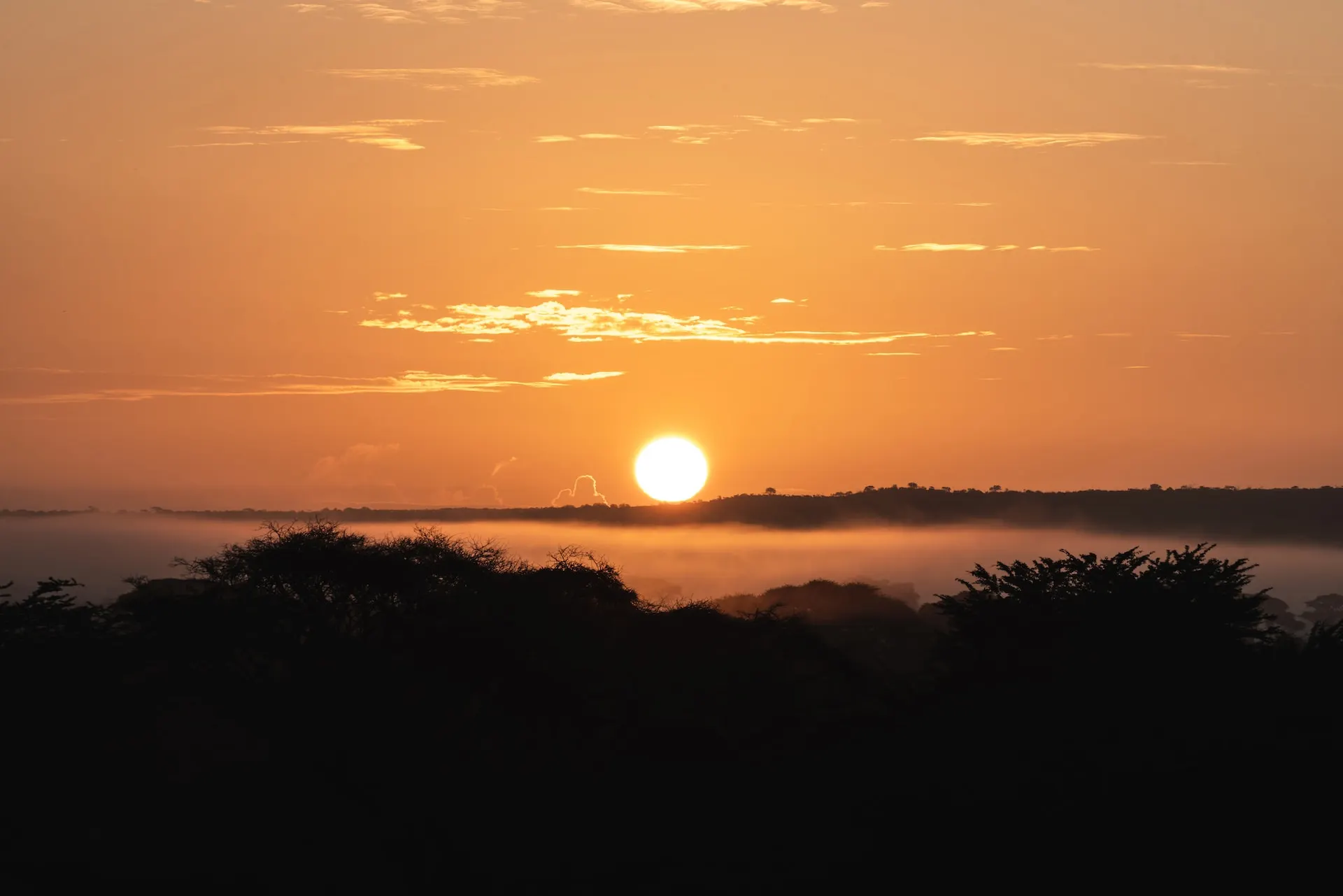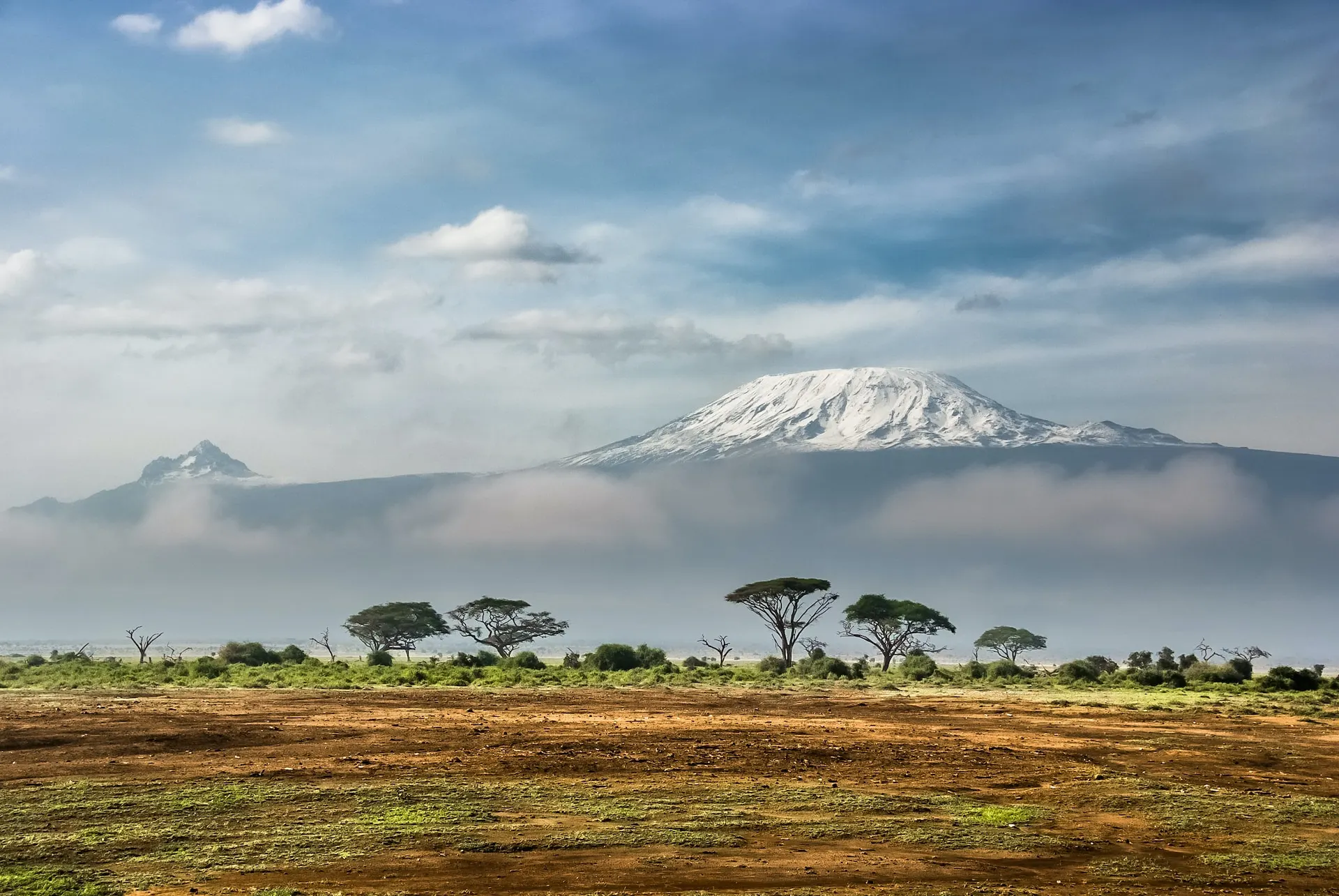Amboseli National Park
Amboseli National Park
Amboseli National Park is a fantastic spot in Kenya, right by Mount Kilimanjaro, Africa’s tallest mountain. It is a top pick for tourists because of its amazing views and lots of wildlife, especially elephants.
The park is pretty big, about 392 square kilometers, and it has different kinds of places like grasslands, swamps, woodlands, and lava plains. People usually remember Amboseli for its big groups of African elephants, sometimes hundreds of them! You can also see other popular animals like african lions, cheetahs, giraffes, zebras, and wildebeest.
And it is not just the animals, Amboseli is also famous for its beautiful scenery. You can get some awesome views of Mount Kilimanjaro, which often has a snowy top. There are also neat things to see, like the dry Lake Amboseli and the Ol Olorgesailie Basin, which is like an ancient history site.
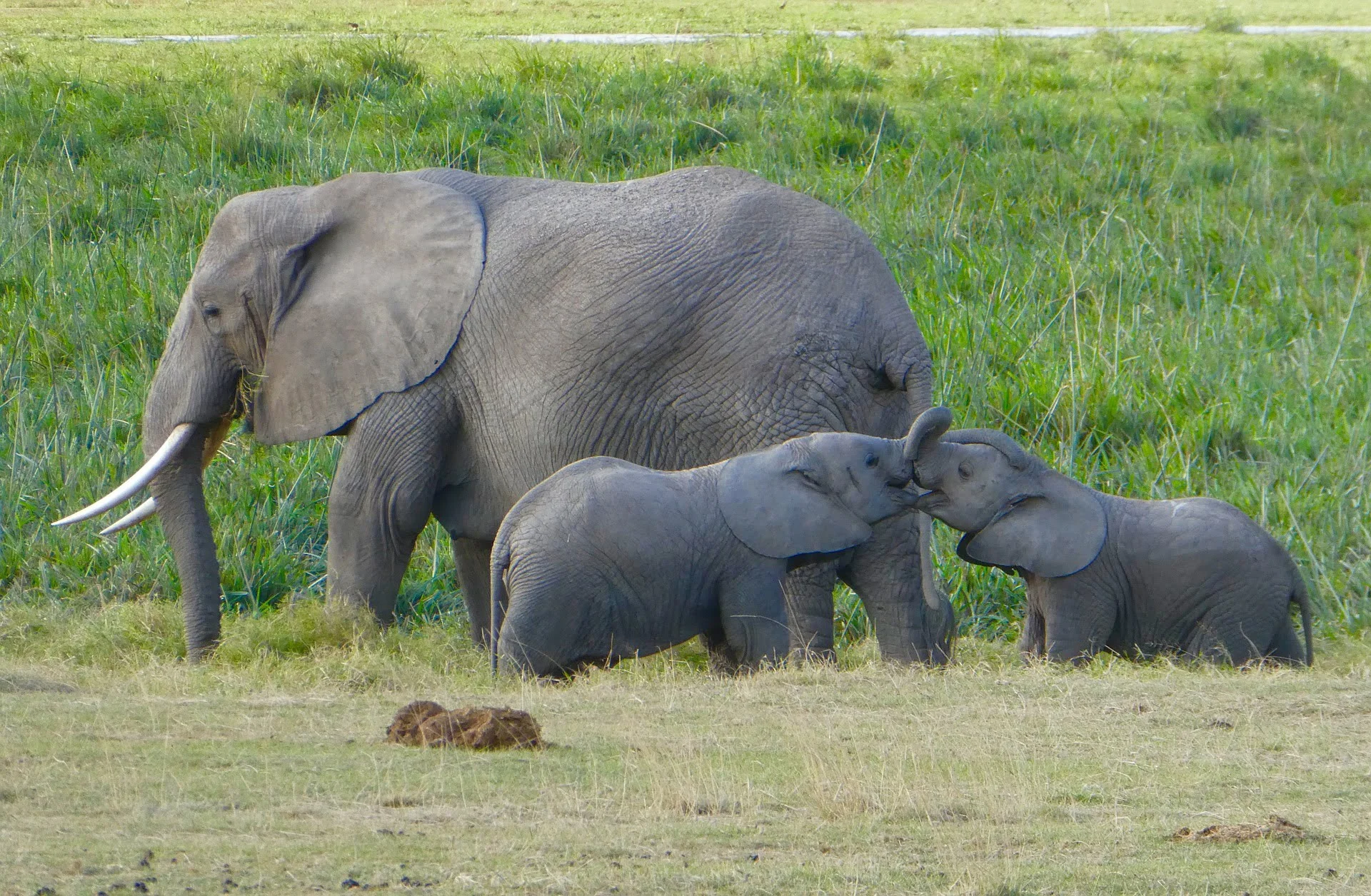
Bird lovers will have a blast in Amboseli too. The park is home to more than 400 bird species, including some really cool ones like flamingos, pelicans, and eagles. It is a perfect spot to enjoy birdwatching while surrounded by stunning landscapes, making it a paradise for bird enthusiasts.
Amboseli National Park Safari Tours

10 Days
Big Five of Kenya Safari
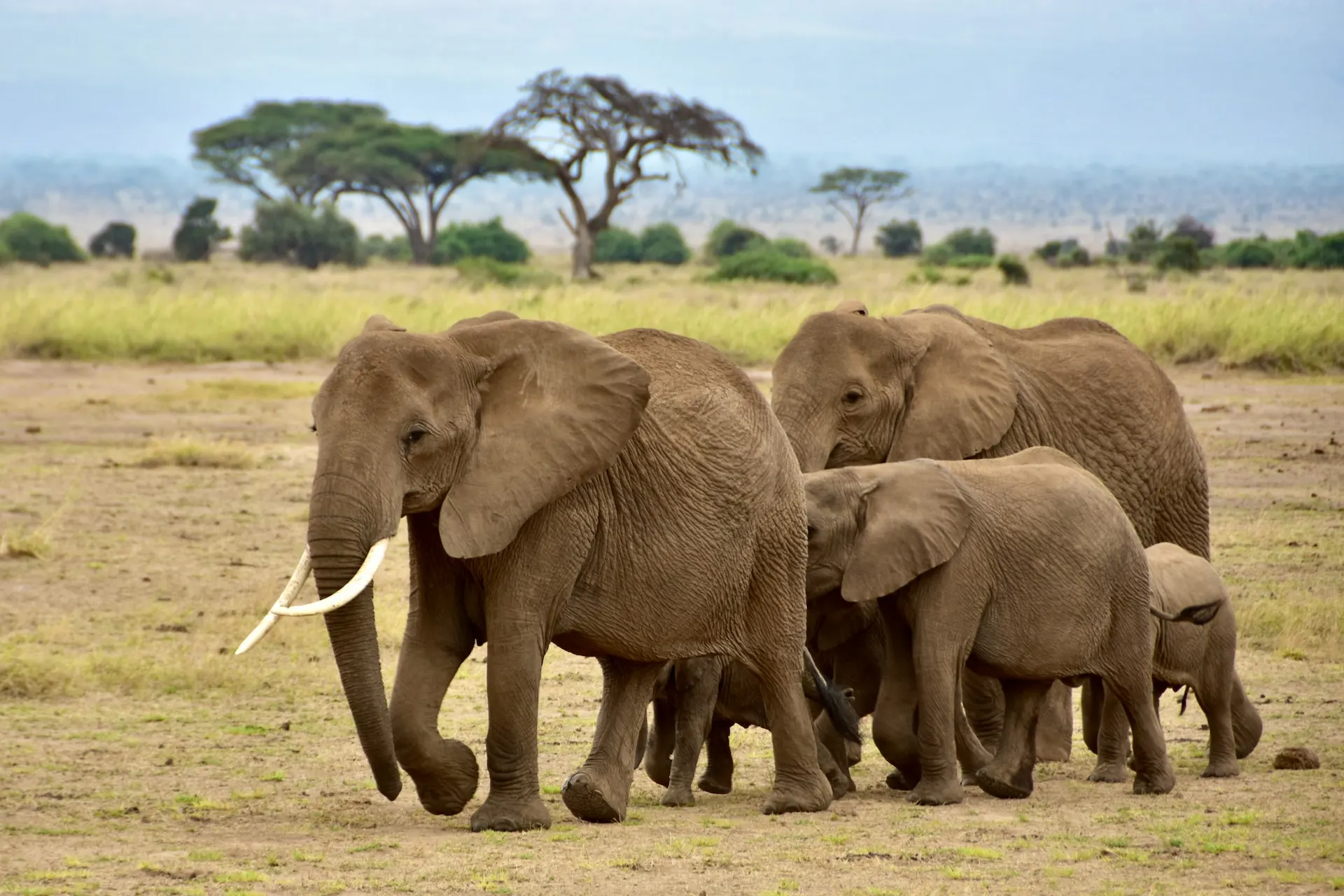
7 Days
Masai Mara, Lake Nakuru & Amboseli

5 Days
Amboseli Short Trip
Wildlife in Amboseli
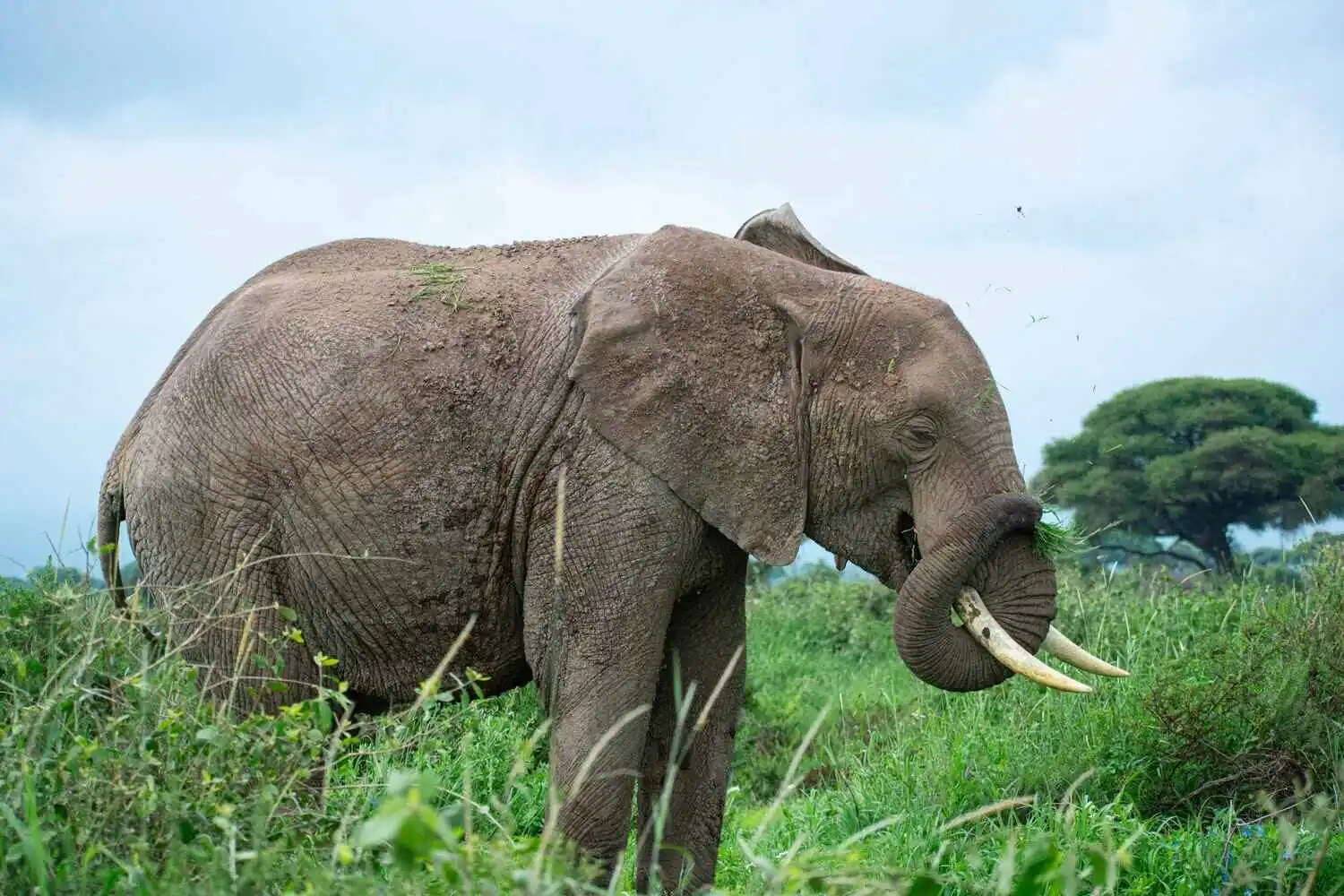
Amboseli National Park is a wildlife lover’s paradise. It is nestled at the base of Mount Kilimanjaro and home to a fantastic array of animals. The park is famous for its massive herds of elephants, often seen in groups of hundreds. But it is not just elephants, you will also encounter various big cats like lions, cheetahs, and leopards, making it a top destination for wildlife enthusiasts. The elegant giraffes, striking zebras, and the annual wildebeest migration add to the park’s appeal.
For bird enthusiasts, there are over 400 bird species, including flamingos and eagles. Amboseli National Park is dedicated to protecting these creatures and created a must visit destination for anyone who loves the animal kingdom.
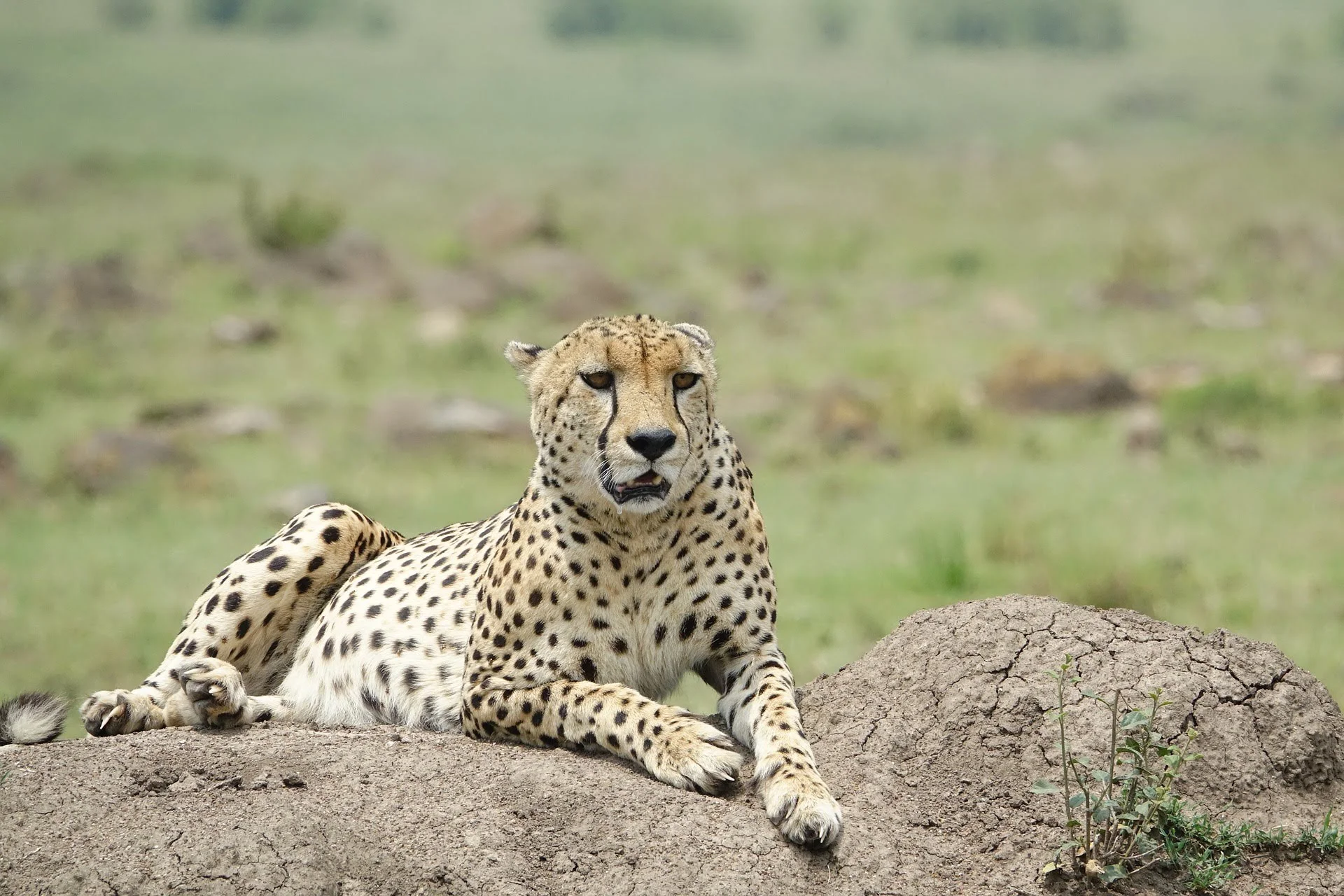
Mammals
- African bush elephant
- African Lion
- Leopard
- Cheetah
- Black rhinoceros
- Masai giraffe
- Cape buffalo
- Grant’s zebra
- Blue wildebeest
- Hippopotamus

Birds
- Goliath heron
- Yellow-billed stork
- African fish eagle
- Bateleur eagle
- Maasai ostrich
- Secretarybird
- Lilac-breasted roller
- Von der Decken’s hornbill
- Red-billed hornbill
- Abyssinian ground hornbill
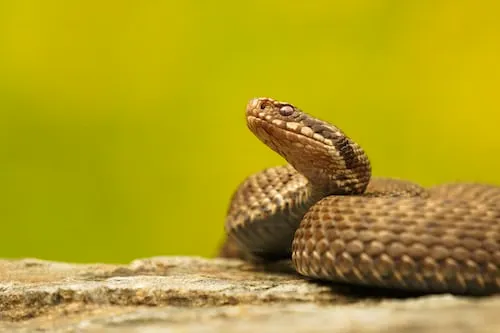
Reptiles
- Nile crocodile
- Savannah monitor
- African rock python
- Puff adder
- Gaboon viper
- Masai spiny-tailed lizard
- Black-necked spitting cobra
- Red-bellied sand boa
- Pancake tortoise
- Leopard tortoise
Best Time to Visit Amboseli National Park
Amboseli National Park, located at the base of Mount Kilimanjaro, is a top spot for wildlife lovers. To pick the best time to go, consider what you like. For the best wildlife experiences, visit from June to October. During these months, animals gather around the few water sources, making them easier to see. You can spot elephants, lions, leopards, and more. The clear skies also give you amazing views of Mount Kilimanjaro.
If you prefer a mix of wildlife and lush landscapes, November and December are good. Animals still hang around water sources, and the park looks beautifully green. But if you are after a quieter, more peaceful visit and don’t mind less greenery, the long rains in April and May are a good option. Your choice depends on what kind of adventure you are looking for in Amboseli National Park.
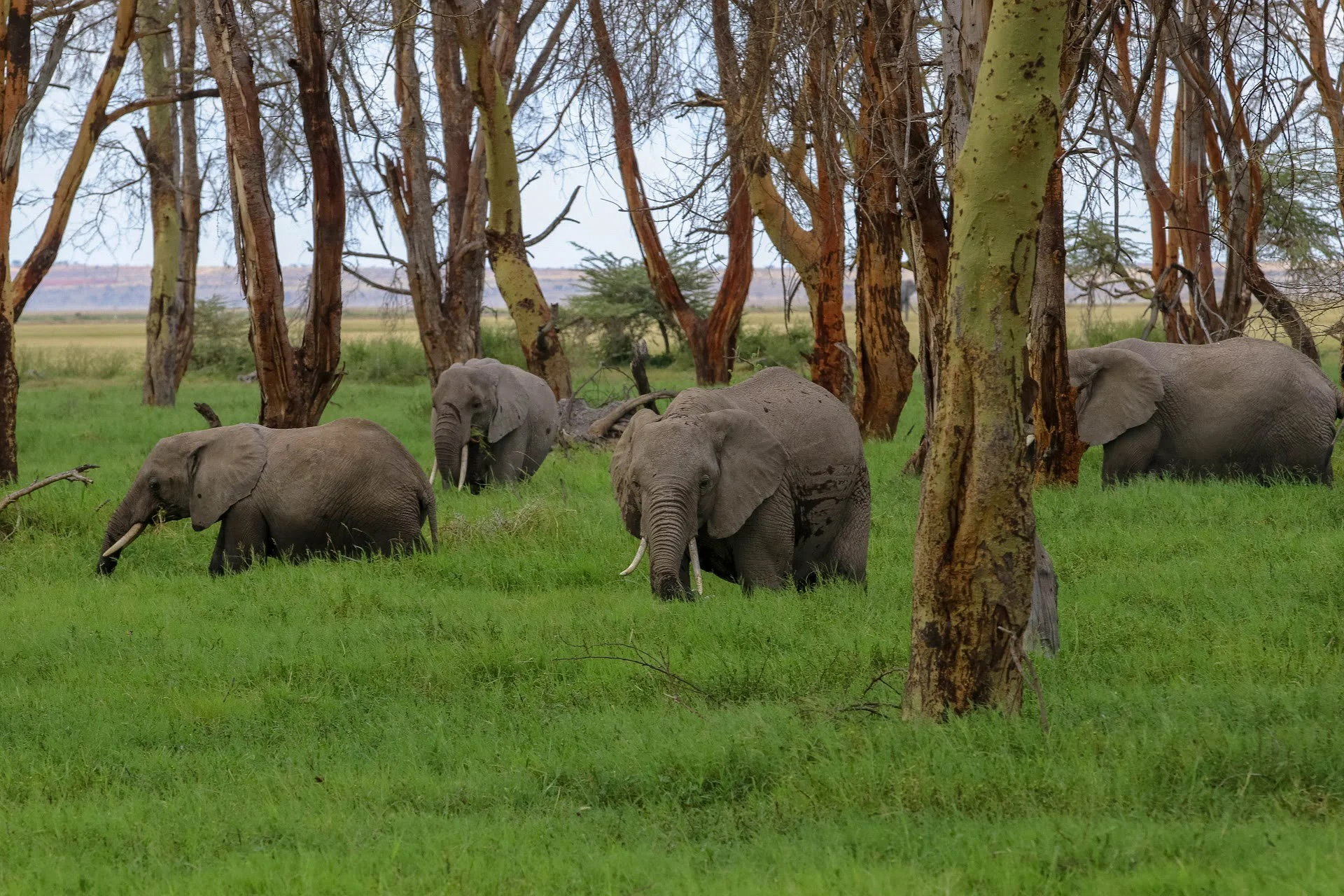
Ideal Times for Wildlife Watching in Amboseli
June and July
These months signify the start of the dry season. While the vegetation remains somewhat green from the previous wet season, animals gather around water sources and enhance their visibility. It is a transitional phase offering a mix of lush landscapes and ideal wildlife spotting conditions.
August to October
As the season goes on, the land gets drier, water becomes harder to find, and animals come together at the remaining waterholes and wetlands in Amboseli. This creates great opportunities for game drives and wildlife watching, with less vegetation making it easier to spot animals.
November
November is a transitioning month towards the wet season, and it can still be a good time for wildlife viewing. The park is lush and green from recent rains which creates a beautiful scenery. However, wildlife may be more spread out as water becomes available in various areas.
Amboseli Climate
Amboseli National Park experiences a distinct climate characterized by two primary seasons, the dry season and the wet season. The dry season spans from June to October which offers visitors sunny and warm weather with average temperatures ranging from 25°C to 30°C. Rainfall during this period is minimal, which results in animals concentrating around available water sources and make it an ideal time for wildlife enthusiasts.
In contrast, the wet season stretches from November to May and is further divided into short rains (November and December) and long rains (March and April). During the wet season, the climate becomes more humid, and rainfall increases, which results in lush and green vegetation. While animals may be more dispersed, the wet season showcases the park’s captivating landscapes.
Amboseli climate chart
| Month | Jan | Feb | Mar | Apr | May | Jun | Jul | Aug | Sep | Oct | Nov | Dec |
|---|---|---|---|---|---|---|---|---|---|---|---|---|
| Min (°C) | 15 | 16 | 17 | 17 | 16 | 14 | 13 | 13 | 14 | 15 | 16 | 16 |
| Max (°C) | 29 | 30 | 29 | 27 | 25 | 25 | 24 | 25 | 27 | 28 | 28 | 28 |
How to Reach Kenya
Kenya has excellent air connections worldwide, linking it to Europe, North America, Asia, and other African countries with direct flights. The primary gateway to Kenya is the Jomo Kenyatta International Airport (NBO), situated near Nairobi, the capital. Additionally, Kenya boasts other international airports like Moi International Airport (MBA) in Mombasa, Kisumu International Airport (KIS) and Eldoret International Airport (EDL).
You can reach Kenya from various major cities thanks to well known airlines like IndiGo, Emirates, Kenya Airways, KLM Royal Dutch Airlines, Air France, British Airways, Etihad Airways, Qatar Airways and Swiss. These airlines offer flights from many key airports around the world and make your journey to Kenya accessible and worry free.
How to get to Amboseli
To begin your adventure in Amboseli National Park, most travelers start with a flight to Jomo Kenyatta International Airport (NBO) in Nairobi. From there, you have options. You can choose an adventurous road trip, which may involve navigating some bumpy roads, or you can opt for a quick and hassle free air transfer directly to your safari lodge. The decision is yours. When planning your trip, consider the season, as specific wildlife events and experiences in Amboseli, such as the gathering of elephants, are most captivating at certain times of the year.
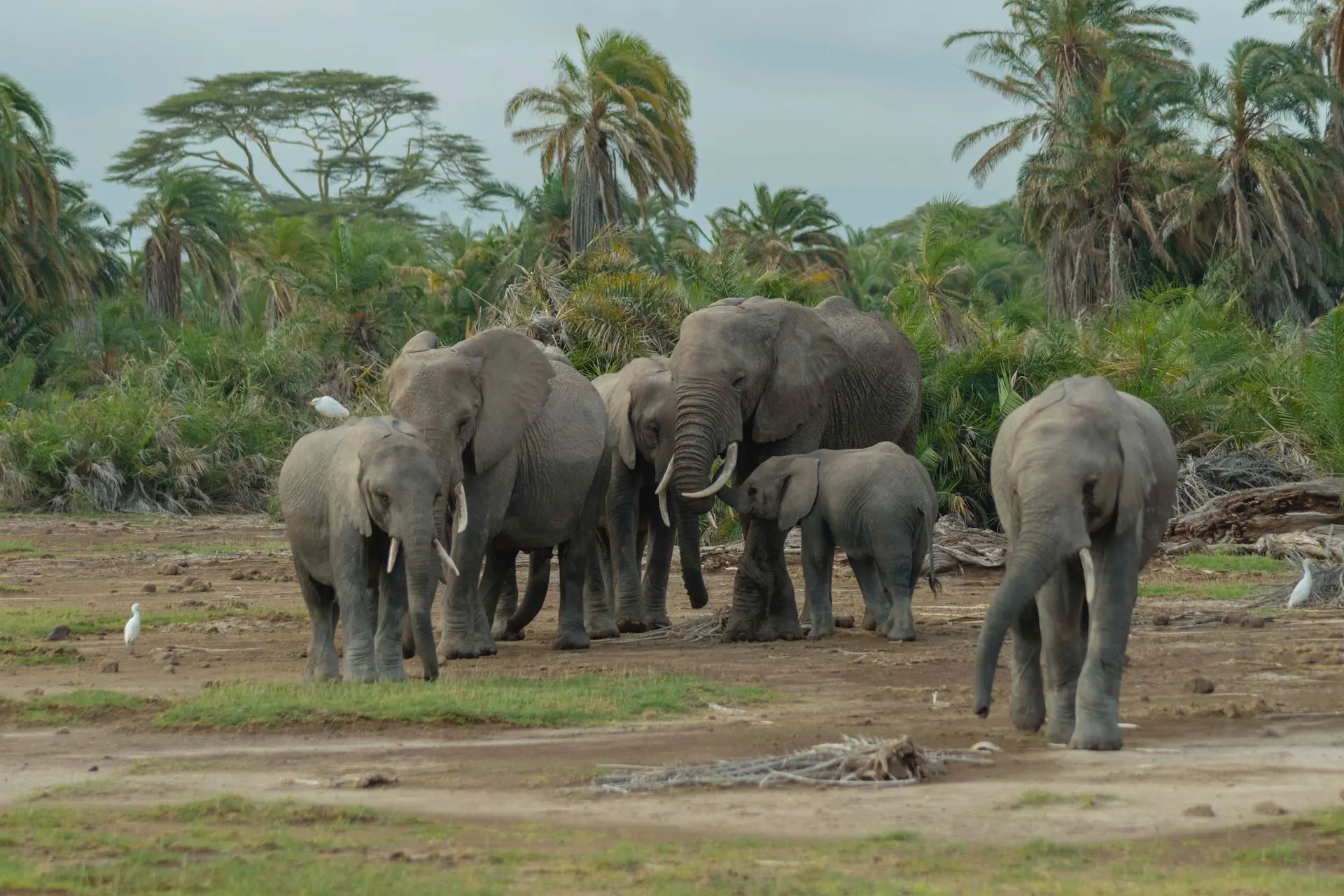

By Air
From Nairobi, you can take a domestic flight to Amboseli’s closest airstrip, Amboseli Airport. Several airlines operate these domestic flights, and the journey takes approximately 1 hour. Once you land at Amboseli Airport, you can arrange for a transfer to your lodge or camp within the park.

By Road
Amboseli is roughly 230 kilometers (143 miles) from Nairobi, and you can reach it by road in approximately 4-5 hours. You can hire a private vehicle or take a bus from Nairobi to Amboseli. The journey provides you with the opportunity to enjoy the scenic landscapes along the way.
History of Amboseli National Park
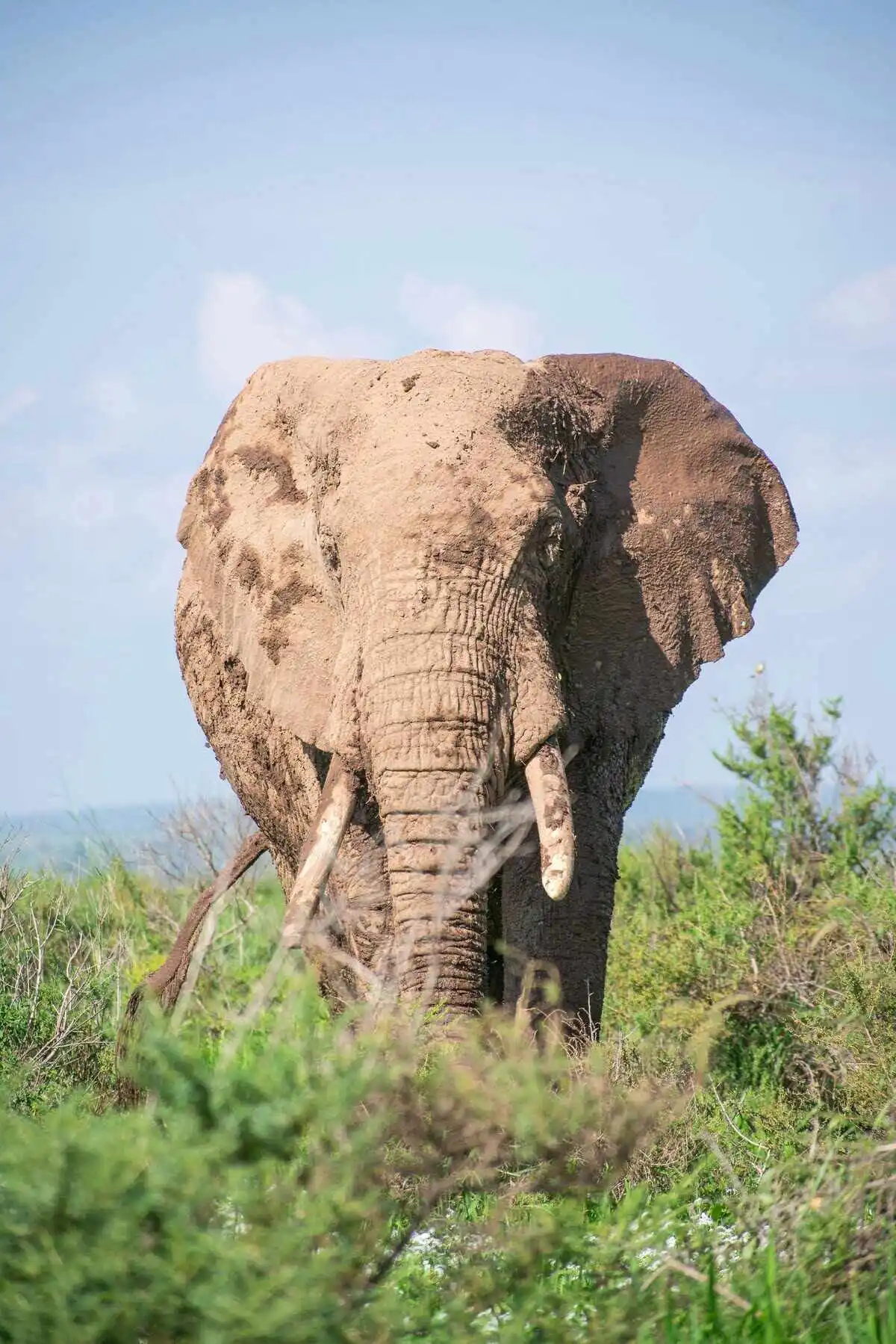
The history of Amboseli National Park goes way back, thousands of years. It all began with early hunter-gatherers living in the area, followed by other communities like the Chagga, Kamba, and Bantu-speaking people. In the 17th century, the Maasai arrived and started grazing their cattle in Amboseli.
In 1883, the first European, Jeremy Thompson, came to Amboseli. He was amazed by the wildlife and the contrast between the dry lake bed and the swamps.
In 1906, Amboseli was marked as the Southern Reserve for the Maasai. But in 1948, it was turned into a game reserve under local control.
The big moment came in 1974 when Amboseli National Park was officially protected to prevent further development and save its unique ecosystem.
Today, Amboseli National Park is a top tourist spot in Kenya, famous for its beautiful landscapes, lots of animals, and rich culture. It is a place with a fascinating history and an amazing present.
Couldn’t find What you need? Connect with our team.

